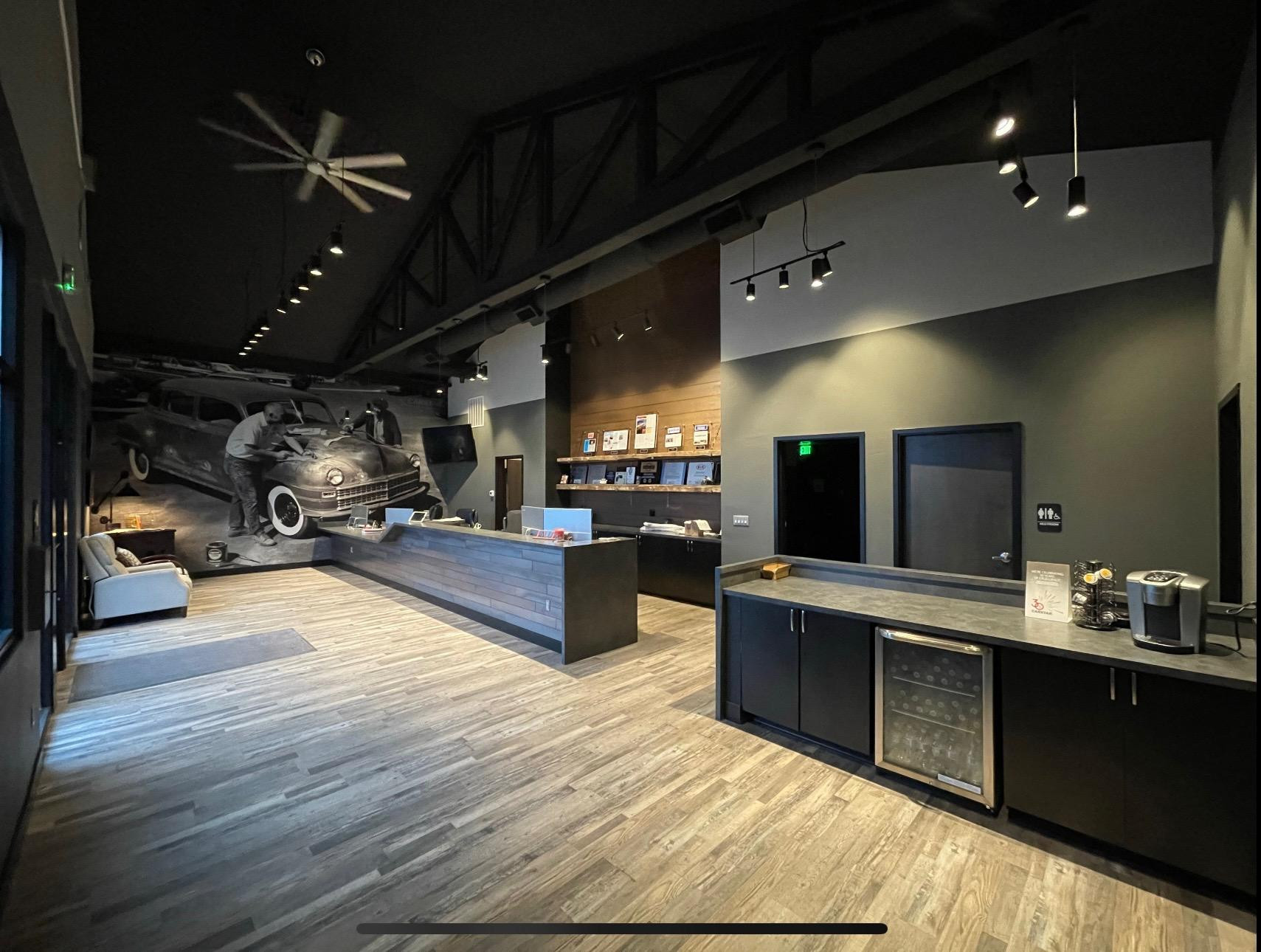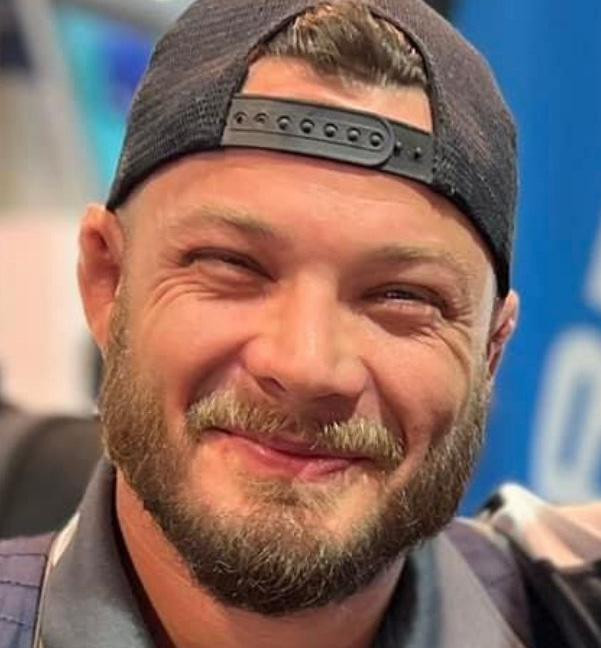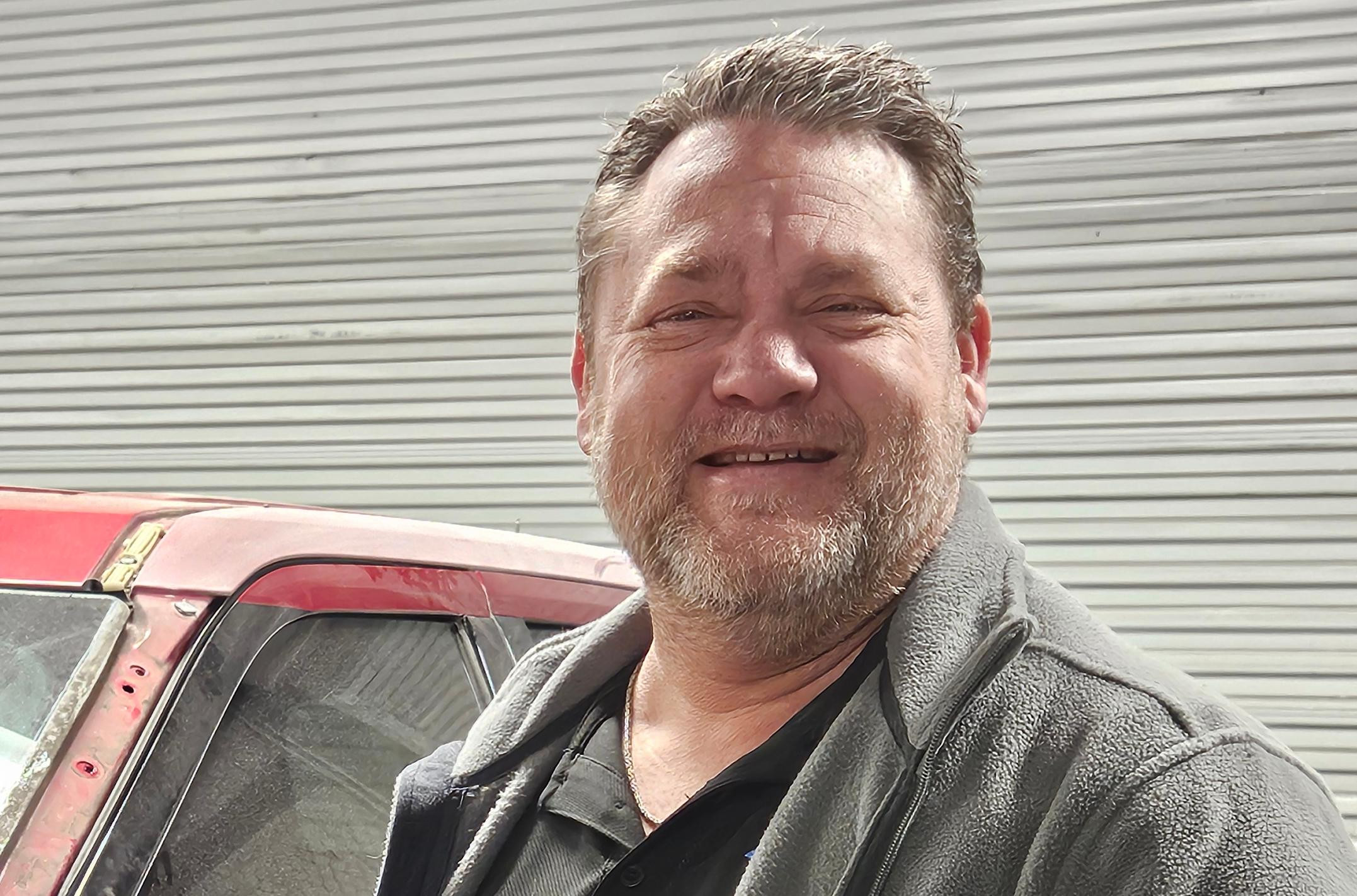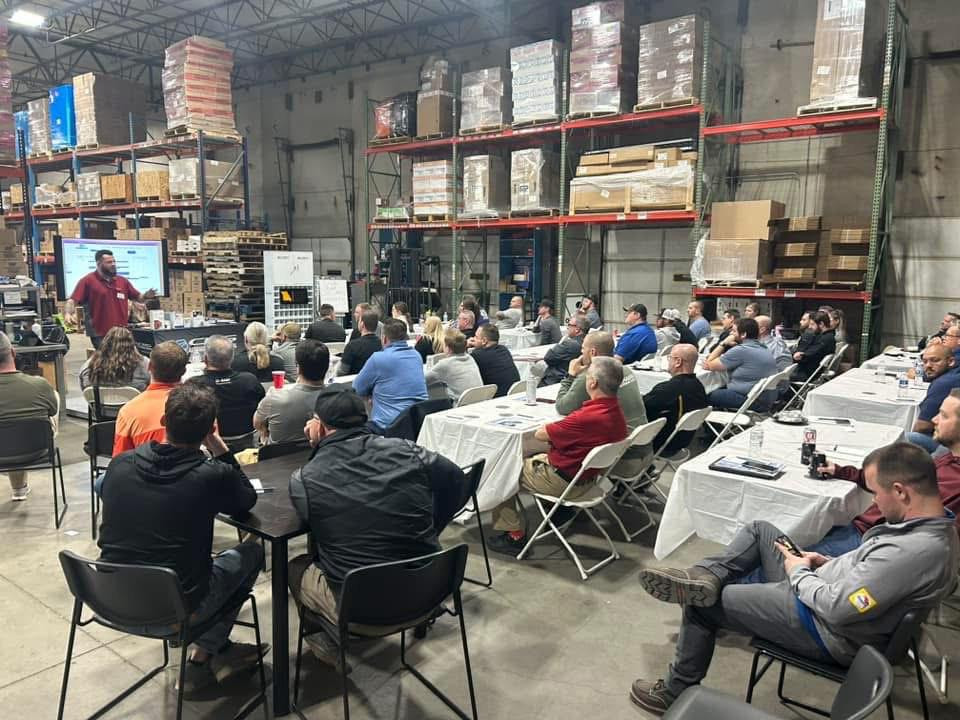Greg Solesbee might be the guy. The owner of Solesbee Collision, a multi-year statewide customer favorite body shop in Idaho, wants two things from his collision center team this year: deep procedural documentation and deeper customer relationships.
Just over a year ago, in February 2024, Solesbee said he was netting 7% on collision work with State Farm, “a larger provider, sending high volume.”
By year-end, he said, “I was paying 20% to repair some vehicles,” because of tightened insurer rules, including restrictions on charging for 3M products, at risk of “being removed from the program,” he added. Parts such as drill bits and some glues were affected, he said.
He cited the insurer’s 2024 Montana experience -- a $4 million fine in February, subsequent review of 18,000 claims, and eventual returning of $5.2 million to state policyholders in October -- as one outcome. State Farm had previously repaid $1.2 million to 2,400 insured drivers, according to media reports.
Montana Commissioner of Securities and Insurance Troy Downing “applauded State Farm for diligently reviewing the claims,” one report said, which also noted a follow-up review scheduled to begin this year.
Do the Math, Then Do the Work
“It appears it’s cheaper for insurance companies to pay people who sue, than to pay for documented, accurate claims,” Solesbee said.
Such body shop sentiments generally include equal parts ire and rue, and if true echo a classic equation in the fictional film “Fight Club,” about what calculations might be involved in vehicle recalls.
Staten Island, New York collision center owner-operator Barry Crupi reversed that formula and sued Allstate in 2020, for north of $752,000, related to nearly 100 insurance claims, a media report said. The insurer moved for dismissal, which motion was denied last fall, according to the report.
Crupi asks clients facing a “$12,000 or $15,000 bill, ‘Do you want to pay it or let us sue?’” he told Autobody News last year. Generally suits involve “tortious interference” or some other aspect of business law, he said.
Crupi said a settlement conference on the Allstate suit and several others involving the insurer and about 500 vehicles is set for April 30.
“I don’t know what’s gonna happen there,” he said. “We’ll see if both sides can come to terms.”
Don’t Make It Up, Write It Down
An alternative to writing a legal complaint, which could be beyond the time and taste of most shop owners, is to do the work of documenting repairs.
Solesbee said this year he will be “documenting everything.”
Solesbee uses the Database Enhancement Gateway (DEG) for some of this. Software from companies like SUN Collision and OEC can streamline and organize the process, creating, for instance, electronically shareable or printable, hyperlinked PDFs.
But he means everything.
“Phone calls are recorded, and we transcribe the call,” Solesbee said. Chats get summarized, then “we put the chat scripts in ChatGPT and ask how we can do better,” which kicks in on the customer relationship side, and with insurer discussions.
Customers are copied on every email.
“If insurance companies remove them” from these threads, he said, “we add them back in.”
Solesbee said documentation doesn’t always work, if by “work” one means someone cuts a check.
On one recent job, the shop he owns sent 700 pages of documentation to an insurer, and Solesbee’s pretty sure it didn’t look at them.
“Or at least nothing changed afterward,” he said.
So Much Depends on the Customer -- and the Vehicle
That’s the second part of Solesbee’s quest: the customer.
“They see everything going on and it’s what we already told them,” he said.
 Solesbee Collision.
Solesbee Collision.
The telling comes first. And the story begins with what the shop looks like. Solesbee Collision has a reclaimed wood aesthetic, a craftsman vibe that backs up the reams of paperwork. He knows the customer has to be the focus.
Comprehensive, and often impressive documentation is just that: back-end, hard copy support.
“The customer is the one with the contract,” he said. “Nobody’s looking for you until they get in an accident.”
Call that well-known statistic about an accident roughly once a decade, the “seven-year ‘sitch’” -- it’s the only time people must fight with an insurance company, if ever. Solesbee knows some clients won’t feel that urge or be able to afford it, even then.
“You have to have customers that are willing to play the game,” he said. Anyway, he added, most drivers keep their car an average of 3.5 years, and sell them within 18 months of an accident.
Yet every customer remains a relationship. And nearly all are at least dealing with insurance, even if it’s not a battle royale.
“They have an expectation of an experience,” he said. “You have to polish what you say so they understand -- without being overwhelmed."
T-shirts and bottled water are just the start.
Tech helps, too. As vehicles get more complicated, manufacturers are not just entering the fray but upping the ante. If Solesbee’s shop simply can’t install used or even aftermarket headlights on a Tesla, there’s no choice.
“OEs are getting more involved, increasing their control,” he said, “as their systems grow more complex.”
Over the next five years, he believes, repairs that involve processes -- Subaru doors with pressure seals, for instance -- could become stand-alone products. EVs are changing the game as well.
“You used to call your insurance company first, but with specialty vehicles, they call the manufacturer and say, ‘Where should we go?’”
States are getting into the act, as well -- literally. A New York state bill would require shops to follow OEM procedures.
Growing Body Shop Focus on the Technical and the Human
“Technological advances are driving consumer choices,” Solesbee said.
It’s a corollary to the idea of conveying value, to reduce price tension -- but the value’s already felt.
Meanwhile, the collision industry itself is intensifying documentation and blueprinting, and its focus on customer relationships; consultants to both shops and vehicle owners on these subjects are consistently busy.
 Kyle Motzkus.
Kyle Motzkus.
Mike Anderson recently wrote a column for Autobody News about a Chicagoland’s shop ending its DRP deals; it garnered heavy social media discussion, with dozens of shares and some 200 comments across several groups.
The article detailed Gold Coast Auto Body’s development of customer-focused, OEM-based work. Drew Plischke, director of client/insurance reconciliation, who is also quite active on social media, said recent changes -- in expectations, haggling and payments, among other elements -- have made for what “now often feels like a constant struggle.”
Kyle Motzkus, a former body shop general manager and a board member of the Missouri Auto Body Association, speaks about every other month or so on documentation -- “a specialty of mine” -- insurance negotiation and overall repair planning. He’s spoken at a half-dozen state or regional associations, at conferences and via webinars.
Consultant Cassaundra Croel at Glendale, CA-based Drive echoes Solesbee on his photography habit and customer interaction, counseling full visual documentation and interaction, and a dedicated blueprinting area.
‘People’ People Ranks Growing
Consumer advocate Billy Walkowiak is also often online, regularly recounting recriminatory relationships between vehicle owners and insurance companies.
Rob Grieve’s YouTube channel is an outlet where, the Colorado shop owner has said, commenters nationally “are begging for help.”
A recent “consulting detective” entry is Mitch Buhr, who owns Nexus Claim Services LLC in Texas. He works with shops and vehicle owners, from experience as an estimator and shop manager at several locations.
 Mitch Buhr.
Mitch Buhr.
“Document, document, document,” Buhr said. “Pre-photos, in-process photos, photos of every little thing.” Buhr still believes in talking with insurance companies -- which must be done at some level anyway -- and even if collision repair gets more driven by OEs, relationships are fundamentally about the conversation.
“Set your pride aside,” he said, then improve your estimating.
“Start with the front end of the shop because that’s where past, present and future money will be generated,” he said. “You’ve got 80 cars on the lot. How much is that if you add $300 to an estimate?”
And listen to the customer.
“Explain the whole process, and stay with them. Discuss options. Copy them on emails. Call every two to three days, and listen. Emphasize safety and costs. 100% -- shops must get better at communicating with customers,” Buhr said.
 Mike Jones.
Mike Jones.
This means among other things, training. One option: the Discover Leadership Training suite from motivational maven Mike Jones.
Jones offers an intensive, four-day, monthly in-house option. He has worked with Collision Advice on two-day workshops, and also consults with shops, creating bespoke programs.
“Our specific focus is working with individuals to create a better version of themselves,” Jones told Autobody News, “to manage themselves and their relationship with others.”
About a third of clients are body shop and collision center people learning how to “take 100% responsibility … and build authentic trust.”
Jones has done such work over three decades, and written on the subject.
Training covers “managing promises, developing sustainable habits, and getting people into ways of being.” Communication is key.
“It doesn’t matter what you say, it matters what they hear,” he said. “How you treat the internal customer is how they’re going to treat the external one.”














Paul Hughes